Malina was hurt for a very long time due to its excellent taste and healing properties. Today, the efforts of breeders have developed an incredible number of all sorts of varieties of this plant, each of which is characterized by the size and taste of fruits, the peculiarities, the period of maturation, etc. It is impossible to list everything, so in this article we will give a description of raspberry varieties that have become most loved by Russian gardeners.
General description of the plant
Malina belong to the family of pink. It is a reprehensive bush, whose branches are covered with small spikes. Fruit raspberries with berries of various shades - from light yellow to almost black. Fruption begins for the second year after landing, however, if the conditions are favorable (usually this southern regions), the bush can please delicious berries for the first year. Today there are repairful varieties capable of fruit under relatively cool climatic conditions.
Landing
Despite the great variety of raspberry varieties, landing rules for all are about the same. Malina prefers soils with low or neutral acidity, well-lit pads, covered from drafts and a strong wind. It is important not to put the raspberry bushes next to the plants that can affect similar diseases, for example, with tomatoes, potatoes or strawberries.
The planting should be engaged in spring or at the beginning of autumn, and green cuttings root in the summer. It is necessary to prepare the soil in advance about a month before the bushes landing so that the fertilizers should have to do in the ground and evenly distribute it. Malina can be grown separately growing bushes or arrange a whole Malinnik, disembarking the plants with a ribbon. To implement the first scenario, you need to dig up a pits of about 40x50 cm, pour a fertile earth mixture to a small slide there, mooring the roots of the raspberry in Kornvin, omit in the hole and pour out the earth. Blow the plant so that the root neck remains 3-5 cm above the ground level - over time, the soil will give a shrinkage, and it will be just in the right position. If you break the young bush too much, the root kidney can bend. Hold the distance between the bushes at least 1 m, otherwise adult plants will be very closely. Between the rows, leave about 2 m.
To plant bushes in a row, dig a trench of about 50x50 cm, withsting about 80 cm between rows, and between the bushes - 60 cm. Fill in the trench with a fertile mixture of overworked manure, turf and complex mineral fertilizers. Nitrogen fertilizers at this stage are not recommended, otherwise the bushes will be slow and badly rooted. To reduce the acidity of the soil, you can add some ash.
In both cases, after landing, it is necessary to hide the seedlings and cover the soil of mulch from peat, humus or dry turne. This will prevent too much rapid evaporation of moisture and the appearance of weeds. If you have a saplings with well-developed kidneys, cut them, leaving 25-30 cm so that the plant will let all their strength on rooting, and not on the development of the kidneys. Raspberry water loves the water, but the convergence does not tolerate, so the soil must be well drained.
Care
Malina needs trimming, otherwise the landing will be too thick, and the root stroke will take the power of the mother's bush that could go on the formation of a tasty and juicy crop. After landing the tops of the branches, it is necessary to shorten about 20 cm, after which it is possible to repeat the procedure annually in spring or after gathering berries. Early spring shoots should be shortened by about 10 cm to the strongest kidney.
Useful advice: so that it is not necessary to loosen the land around the bush too often and remove weeds, but the straw or upper peat.
Some varieties need to bend for wintering so that the branches do not break under the snow cover. Large varieties need to be tied up so that the branches do not break under the weight of the berries. The fan garter method is most popular, since it creates convenient conditions for harvesting and the landing. For this, there are two poles between the bushes and are tied to them at different heights of the fruiting branches of one bush and some of the other.
However, if you planted with raspberries in a row, it will be more convenient to make a heat garter. To do this, it is necessary to tie a wire with rows to the luminous sixth, retreating from the center of the pole by 30-35 cm so that the branches are located in a heaten at an angle. Soothes should be tiered to the wire. When the plant is small, just one row, but as the bush grows the number of rows should be increased.
Popular varieties
So, when we are finished with general recommendations for landing and care, you can move to the promised description of the best raspberry varieties. In the gardens most often occurs traditional, repairful and large-scale raspberries. The first is considered the most endless, stably gives small crops of small berries, perfectly adapts to any conditions. Large-like raspberries fruits very large and delicious berries, for which and is valued by gardeners. However, it is rather capricious and requires constant care. Removable varieties successfully combine all the advantages of traditional and large-scale - they require minimal care, perfectly comustomate in any conditions and at the same time give rich yields of quite large juicy berries.
The video contains a description of the best raspberry varieties for the Moscow region and the middle strip:
Removable varieties are also remarkable by the fact that they give a harvest in the same season as opposed to the traditional, which takes two years. After harvesting the berries, the fruiting branches must be cut off to the nose, so that the next season the cycle repeated. When choosing a raspberry variety for Siberia should pay attention to the period of fruiting - the earlier the berries are ripening, the more you can get before the onset of frosts.
Useful advice: To bring the harvesting period, experienced gardeners are planted with removable raspberries on a fertilous organician high beds. And in order to speed up the development of young shoots, in the spring you need to clear the snow from the bushes and hide them with a film or agropol.
Most popular varieties:
- Brusvyan - optimal landing in Polesie and forest-steppe. On the branches, a small amount of spikes, young shoots have an exine-burgundy shade. Fruit with large berries of the scarlet color of solid consistency. It has a long-term yield season, since young shoots appear very early and have time to quickly form.
- Bryansk Divo is a small shrub tall not more than 1.5 m. Abundant fruits large berries of a characteristic conical shape. They are easily separated from the frozen, have a sweet taste. For the season with a bush, you can collect up to 5 kg. Fruption begins in mid-August, so the variety is more suitable for the middle strip and southern areas, where frosts are not too early.
- Abundant - a large-scale bush tall up to 2 m, the branches are devoid of spikes. High-yielding grade, giving large juicy berries of a conical shape with a dense shiny skin. Perfectly tolerates winter without shelter, resistant to common diseases and pests.
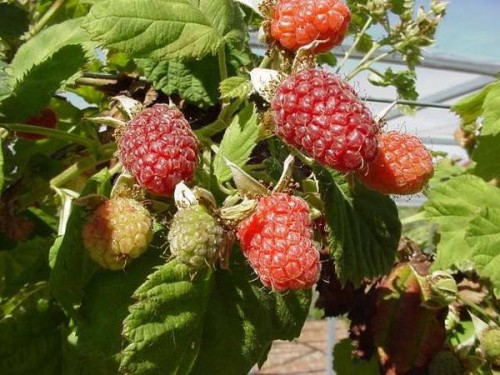
- Hercules is a raspberry grade with hard and prickly spikes. Bushes are pretty compact low and weak wish. Burnt shoots develop weakly. Since the fruiting shoots are pretty durable and growing strictly vertically, the bush can not be tied up on the tag. The yield is not too high, and in the fall from the plant you can get up to 2.5 kg of berries. It is noteworthy that the variety is resistant to parasites and it rarely affect fungal infections. Fruption begins in early August and lasts before the onset of autumn frosts. Berries of truncated conical shape can reach 10 grams. Possess a pleasant sour taste and characteristic ruby \u200b\u200bcolor.
- Kumberland is a mid-grade bush with characteristic curved arc shoots with a dense wax rim and abundance of spikes. Fruits with sweet small berries in black, to taste reminiscent blackberries. From the bush for the season you can collect up to 2 kg. Kumberland does not give root shoots, so reproduction is possible only by rooting the tops. The variety does not have a good winter hardiness, so it should be insulated and throwing shoots with snow. However, it is impossible not to note the resistance to the main pests of raspberries and fungal diseases.
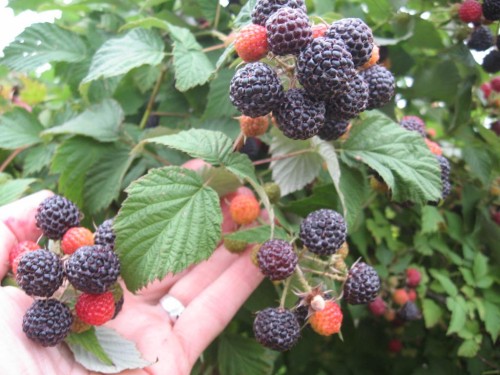
- The pride of Russia is a large-scale variety, giving large berries weighing up to 15-18 g. The form of a berry conical or stupid, silky surface. Despite the particular large size and good separation from the fruits, during ripening the berries do not appear. They are very juicy and sweet, suitable for use in the fresh form and cooking home billets. For the season from one bush, you can collect up to 5 kg, if it is timely to feed and properly care for the plant. The crop matures in mid-July. It is also noteworthy that there are no spikes on shoots, so the berries collect very comfortable and easily. Russia's pride is able to withstand harsh winters up to -30s without shelter, and in more northern regions, the bushes should be insulated. There is a high resistance to major diseases and insect parasites, and in the case of a lesion, the yield still does not fall. TLL This variety does not touch at all. It can be said that it is practically devoid of flaws.
- Yellow giant is a raspberry grade that gives the largest fruit among all other varieties. Imagine a berry in size from walnut - it will be a yellow giant. With proper care, the yield will be maximum every year. Plants can reach 2.5 m in height, so in the fall you need to cut off the tops of the shoots up to a two-meter height. Morozov This variety of yellow raspberries is not afraid, and you don't need to bend branches for the winter. In the spring, it is enough to place shoots on the trellis so that it is convenient to collect a harvest.
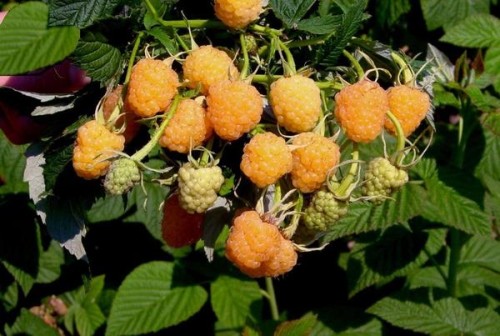
- An orange miracle is an orange raspberry grade with large extended berries weighing up to 12 g of conical shape. The consistency is quite dense, and therefore they perfectly carry transportation. The bush grows 1.5 m in height, there are short, but rather soft and non-hazardous spikes. Support plant is not required. The video below will introduce you to the raspberry of the miracle in more detail:
- Momomacher's hat is a mid-grade plant similar to a small tree. Fruit of the average sizes of the extended stuporic shape of a dark scarlet color. The crop matures around the middle of August, so the variety is more suitable for southern areas, otherwise, only half of the berries will have time to the first frosts. This is a repairing grade, which means the harvest can be touched on the very first year after landing.
- Gusar is a raspberry grade, which is ideal for newcomers, because it does not require much care and at the same time gives a rich harvest of large delicious berries. The shoots are covered with a small number of spikes and then only at the bottom, so the harvest is easy and pleasant. Also on shoots there is a wax flare, which protects the plant from drying out, so the hussar can be grown even in dry areas. Fruit grade in the middle of the summer with medium-sized berries weighing 5-8 g. From one bush for the season you can collect about 3 kg. The benefits of the plant can also be given high resistance to common raspberry diseases.
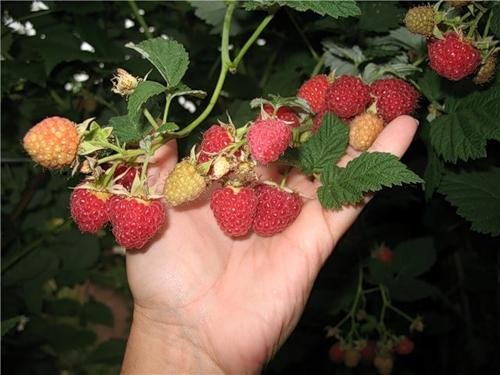
Whatever the raspberry variety you have chosen, remember that to obtain a regular and rich harvest, even the most unpretentious plants need feeding, timely watering and trimming.

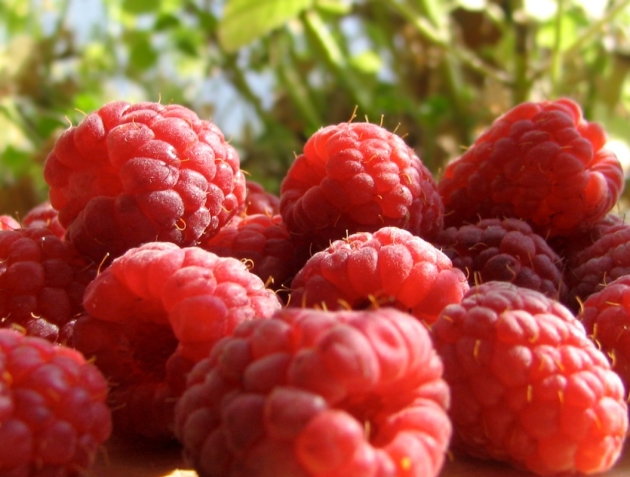
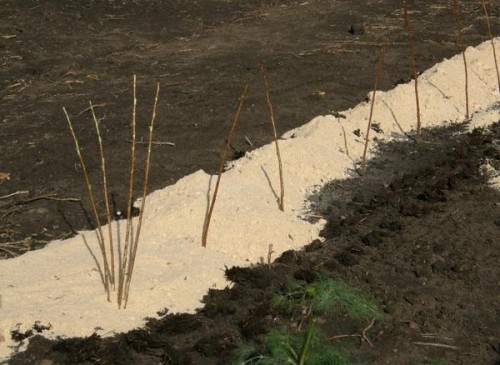
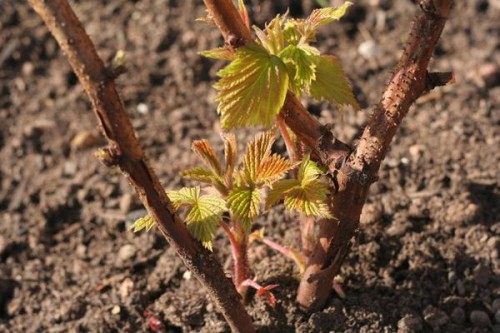
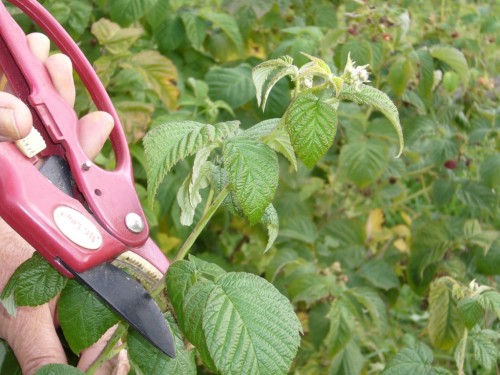
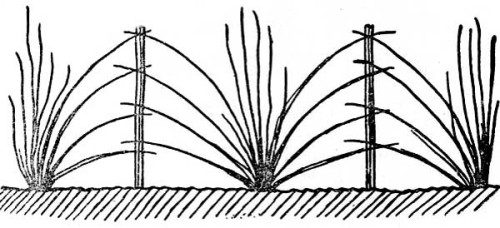
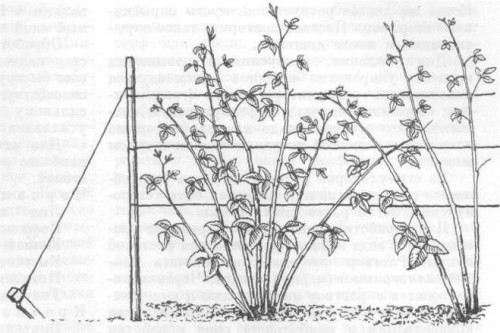
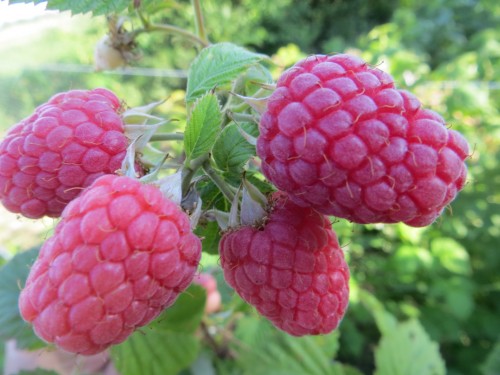
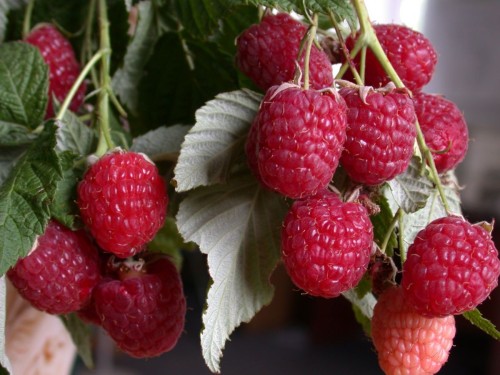
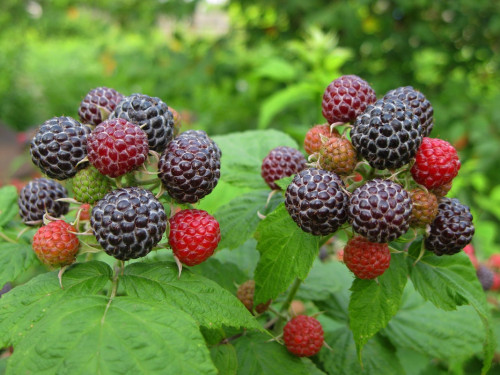
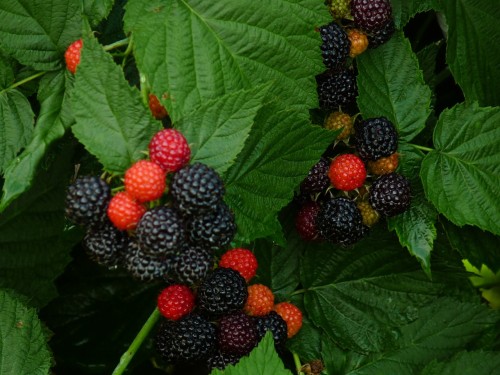
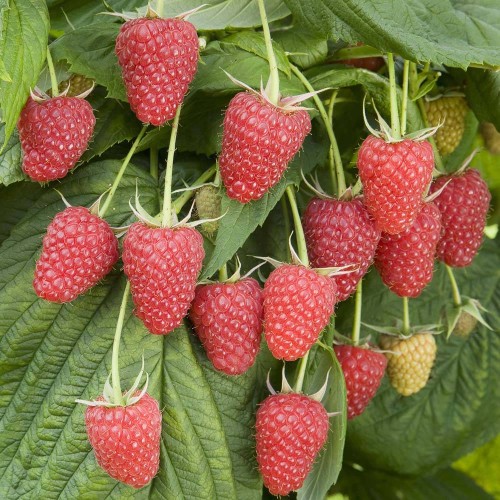












 Start a discussion ...
Start a discussion ...